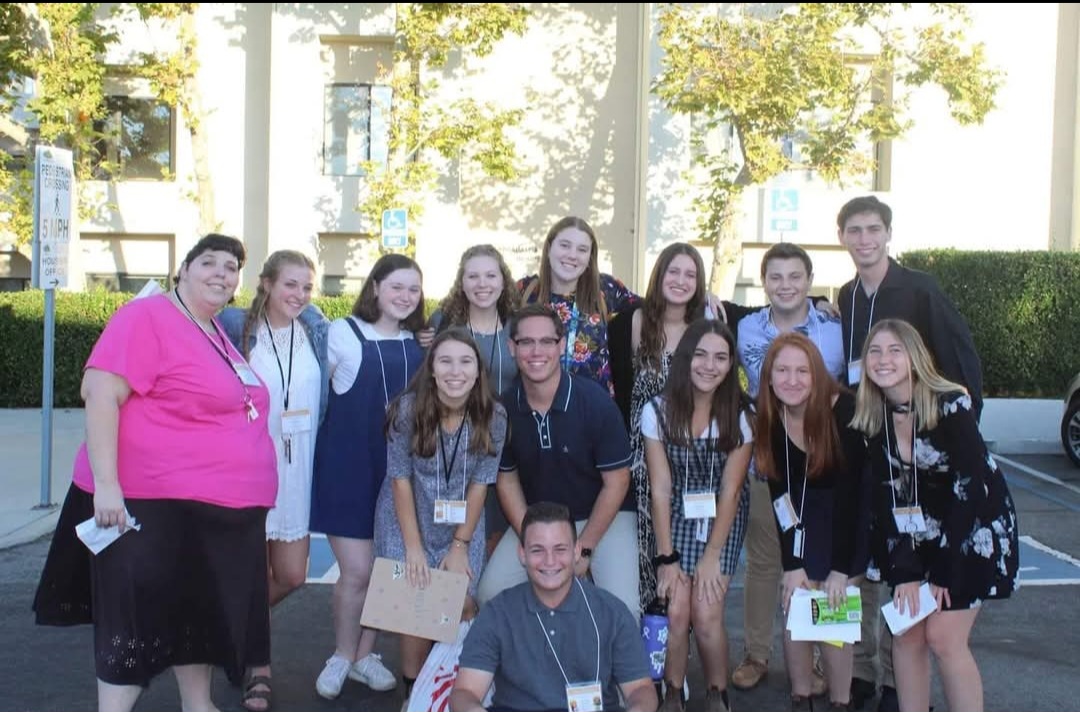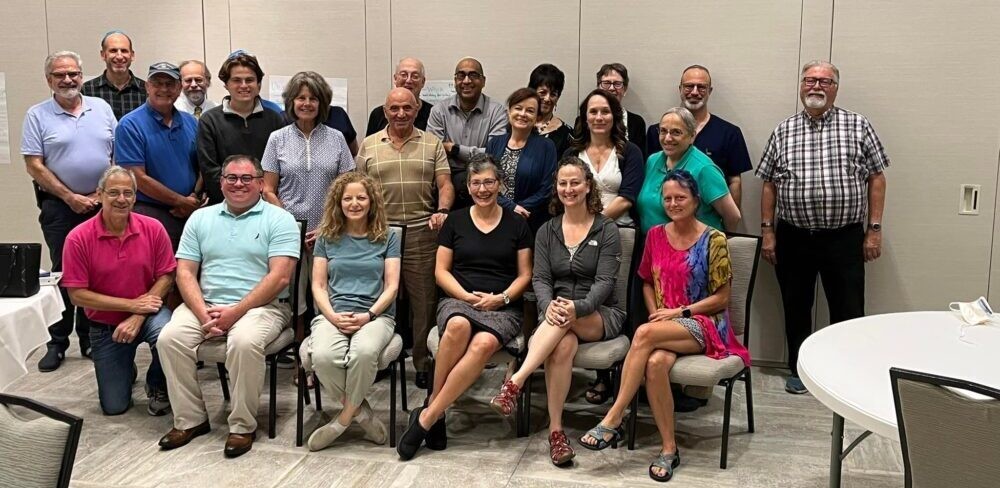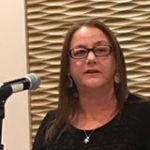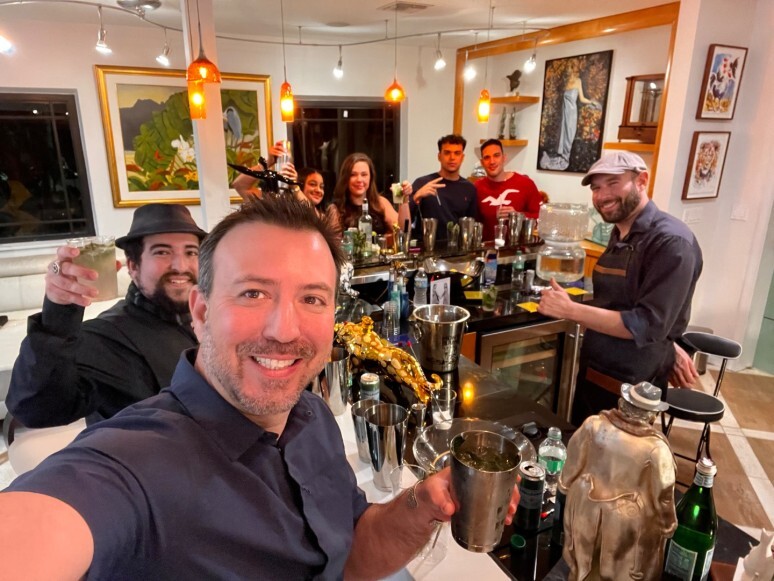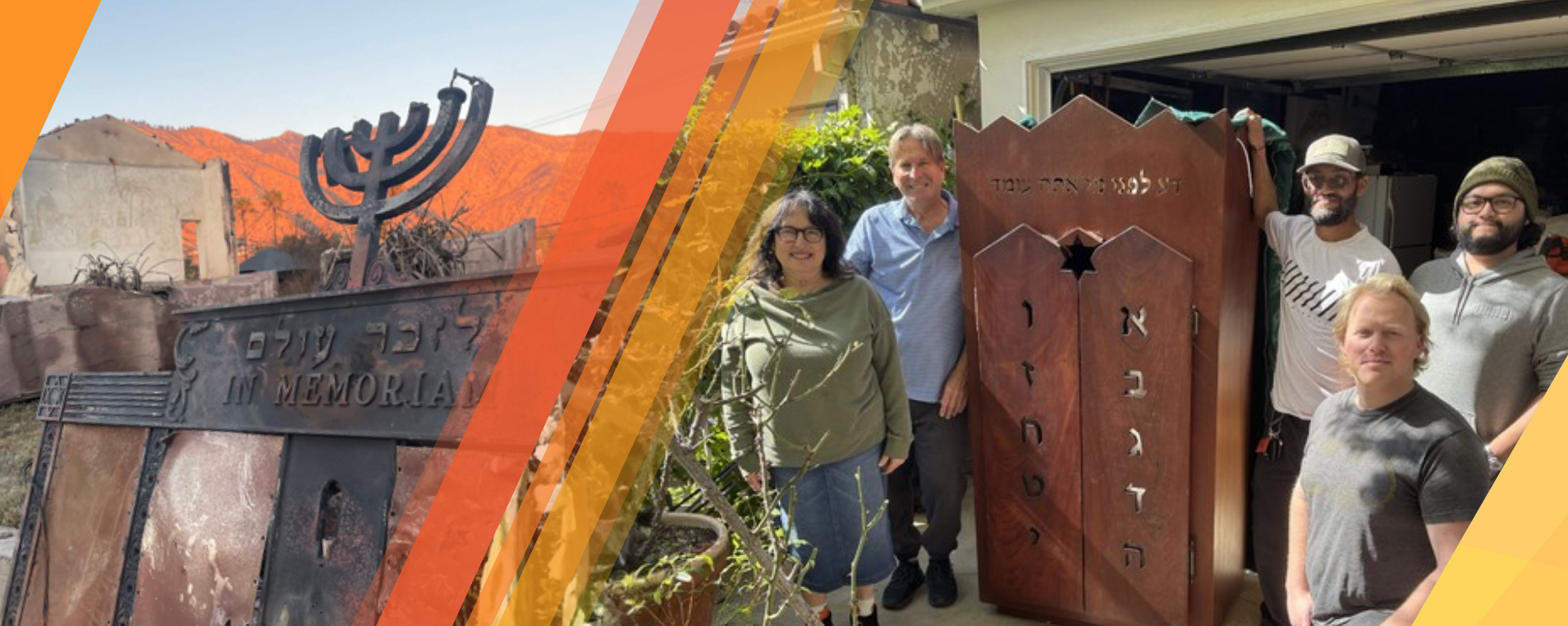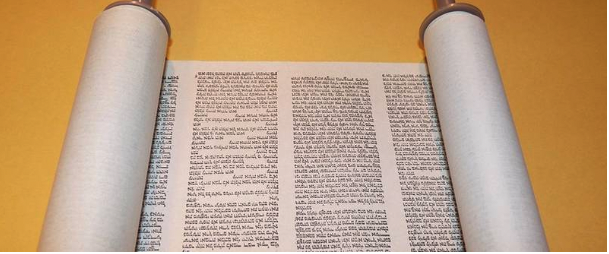
To read the original article on the JTS website click here.
———————————————–
As the Omicron variant crescendos, I’m back on Zoom as a congregant with my shul for my prayer experiences. And I’m very ambivalent about it. I spend much of my time on Zoom during the week, so it’s hard to go back to the computer on Shabbat. It certainly feels “one step removed” from the immediacy of in person community and prayer. I look forward to being back in person soon and appreciate communities who have maintained their in-person experiences safely.
And yet on Zoom I can play with the harmonies as I sing along, and, when they go wrong, only I have to suffer (well, sometimes my wife does too). I see people I love and care about and can smile without a mask. Attendance is often higher than when we were in person, and as I look at the faces on my screen, I see many who had pulled back over the years who are now re-engaged in Shabbat, prayer, and shul life.
As a leader in the Conservative-Masorti Movement, I see my own ambivalence around the use of technology on Shabbat or for forming minyanim shared among many communities, clergy, and synagogue leaders. How should we position ourselves? Should the new opportunities provided by these technologies lead the way? Should we temper our enthusiasm? Should we heed Abraham Joshua Heschel’s call to experience Shabbat “independent of technical civilization” and trust in our inherited traditions to hold us together (The Sabbath, 28)?
Ultimately, are God and tradition leading the way, or should our needs, especially in a time of crisis and loneliness, push those boundaries? The Torah provides interesting models for us to explore this question and we can see how our own struggles are reflected in the biblical text itself.
Let’s start with Abraham. As God seeks to strengthen a covenantal relationship with our founding patriarch, God appears to him and says: “I am El Shaddai. Walk before me and be blameless” (Gen. 17:1). Indeed, the subsequent “tests” that God presents to Abraham—sending away Ishmael, saving Sodom, the binding of Isaac—are efforts by God to put Abraham “out in front,” testing his moral compass and offering the opportunity to push back on God’s temper and strict sense of justice.
But that is not the only model the Torah offers. In the story of the Golden Calf the people despair of Moses’s fate as he tarries in bringing back the tablets with the Ten Commandments. They panic and demand of Moses’s brother, Aaron: “Rise up! Make for us a god who will go before us, for that man, Moses, who brought us out of Egypt, we do not know has become of him” (Exod. 32:1). The commentator Hizkuni notes that Aaron misinterprets what the people are seeking. They are not asking for a “god” (Hebrew word “elohim”) but rather for a strong leader (another use of the term “elohim”), a human agent who will continue as God’s proxy and lead them from out in front with confidence and certainty through the emotional and cultural upheaval that accompanies their transition from being slaves to being free people.
Finally, in this week’s parashah the Torah offers a third model in our relationship to God’s presence. This week begins a five-portion sequence (with the Golden Calf story at its center) in which the Israelites are instructed in how to build the Mishkan, the tent and “dwelling place” that will be associated with worship and God’s presence throughout their journey to the Land of Israel.
What is the goal of this project? The text is explicit: “Make for me a holy dwelling place, and I will dwell among them” (Exod. 25:8). The goal, fully realized in the final verses of Exodus, is for God’s presence to reside, literally, in the midst of the Israelites. In fact, in the book of Numbers we learn how the Israelites are commanded to pitch their tents in a square encampment that places the Mishkan at the center. This arrangement is also clearly a metaphor for how we are to hold God’s presence, doing mitzvot and bringing God into our minds, hearts, and actions.
If we take these stories chronologically, we see God pushing Abraham out in front, the people demanding a leader (God’s proxy) out in front of them, and finally the realization of a mutual desire for God to live among the people.
Each model has its merits and its challenges. We might argue that sometimes Abraham falls short of the task of moral leadership. Aaron misinterprets the desire of the people for an “out in front” leader and constructs an idol. And by the end of the book of Exodus, Moses and the Israelites complete the building of the Mishkan, but God’s presence is so intense that Moses “cannot approach the tent” (Exod. 40:35). God’s immanence is both welcome and fearsome.
I would argue that these models characterize our relationship with our leaders and also with Jewish tradition. Sometimes we insist on our needs coming first and demand that leaders actually follow. Sometimes we want leaders out in front, showing us the way. And sometimes we just want to hold our leaders, God, and our traditions close, and wrestle with them together in mutual conversation. In our Conservative-Masorti Movement, our clergy, volunteer leaders, and community members often shift among these roles as we create a conversation around challenging issues such as the use of technology for worship and for community building on Shabbat.
If I was to choose from among the three models, I am often personally drawn to the vision of this week’s parashah, which insists that ultimately our goal is for God’s presence to dwell among us, and within us. That requires us to hold our modern needs and our traditions in careful balance, and for us to hold one another close as well.
Appreciation for assistance with this devar Torah also goes to Aiden Pink, JTS rabbinical student and RA special projects coordinator.
The publication and distribution of the JTS Commentary are made possible by a generous grant from Rita Dee (z”l) and Harold Hassenfeld (z”l).
More on Terumah More by Jacob Blumenthal

